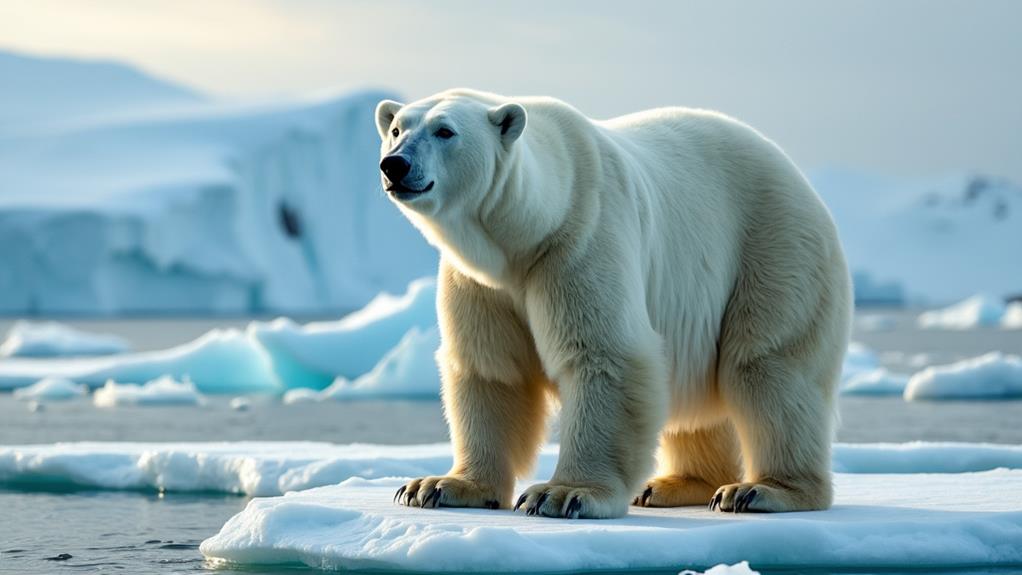
Specialized adaptations enable polar bears to thrive in the Arctic, but there’s one surprising feature that sets them apart from other bears…

Specialized adaptations enable polar bears to thrive in the Arctic, but there’s one surprising feature that sets them apart from other bears…
Are you ready to witness the ultimate clash of titans? In the battle between a polar bear and a grizzly bear, only one can reign supreme. These fierce beasts are renowned for their power and dominance, but who would emerge victorious in a fight? Brace yourself as we delve into the realm of these mighty creatures. We will examine their size, speed, and attack abilities to determine who holds the upper hand.
Curious about the differences between panda bears and polar bears? In this article, we’ll explore their strengths, sizes, diets, and habitats. Polar bears, with their impressive size and strength, reign supreme, weighing up to 1,500 pounds and measuring up to 10 feet long. On the other hand, panda bears are smaller, weighing around 250 pounds and measuring about 5 to 6 feet long.
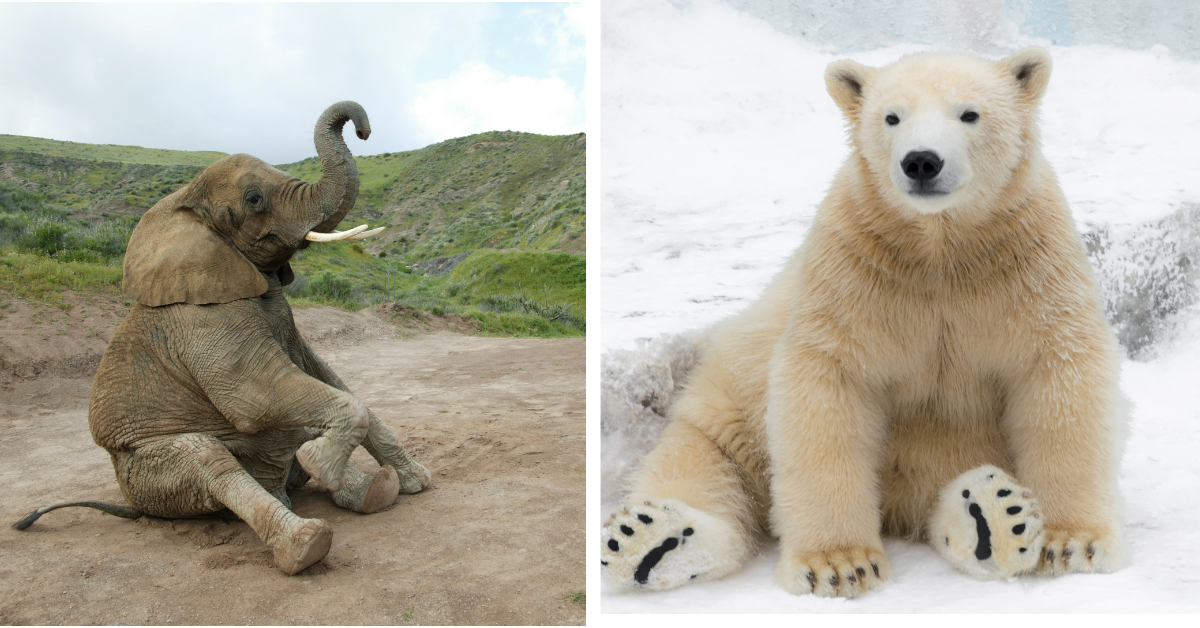
Are you ready to witness the ultimate showdown between an elephant and a polar bear? Brace yourself as we delve into the fascinating world of these extraordinary creatures and analyze their size, strength, speed, attack power, and defense mechanisms. Get ready to discover who would emerge victorious in this epic battle. Hold on tight, because this article is about to unravel the truth about the clash between these mighty animals.
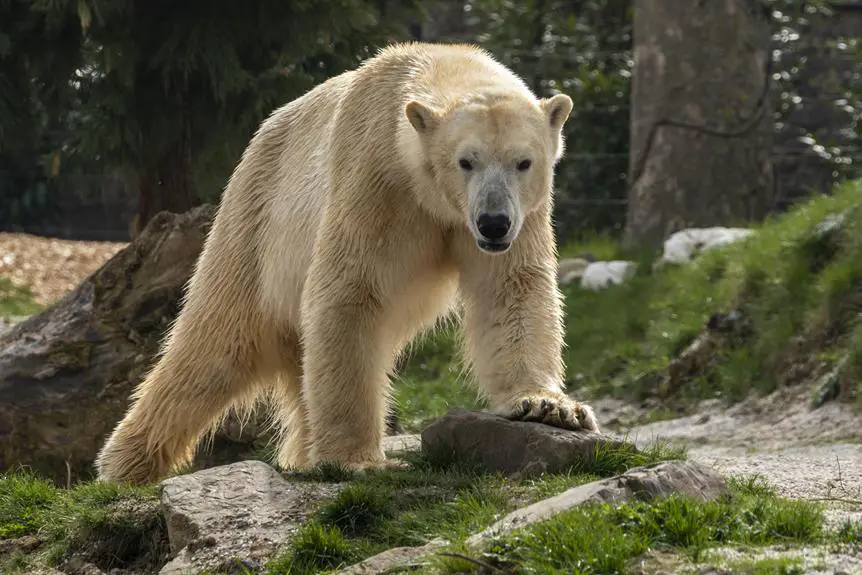
Polar bears, the largest land carnivores on Earth, possess remarkable strength and physical capabilities. With their massive bodies and impressive size, these bears exhibit agility, exceptional swimming skills, and powerful bite force. Their strength is attributed to their large paws, long claws, and immense weight, allowing them to effortlessly crush bones and slice through skin.
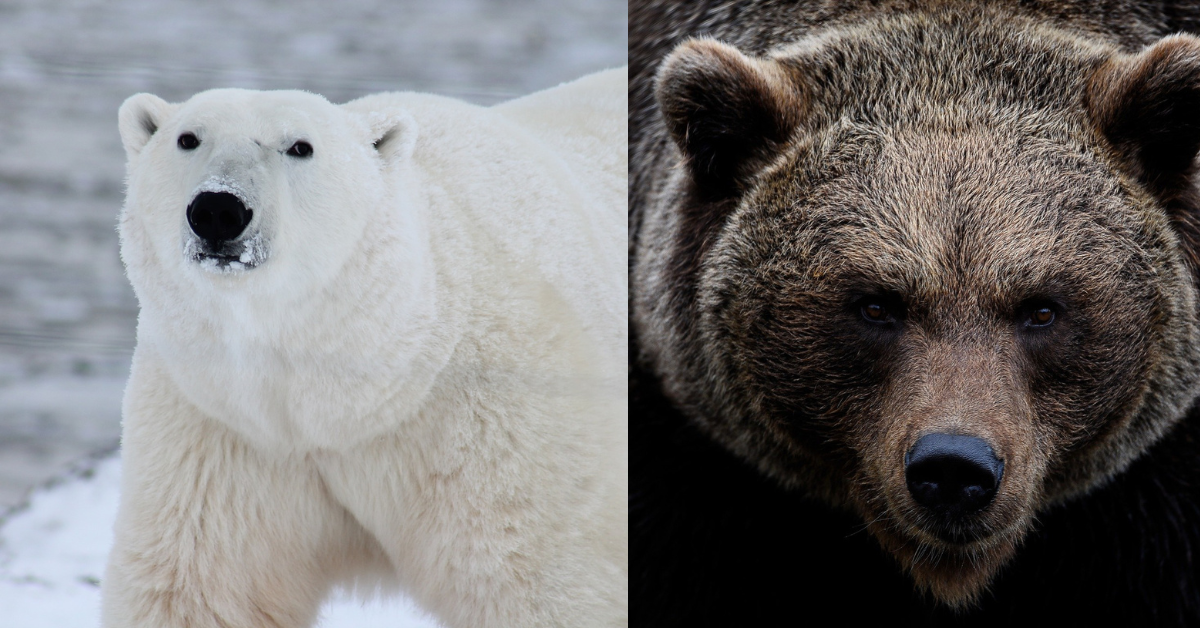
Polar bears Polar bears are large carnivorous mammals that inhabit the Arctic regions of the world. They are well adapted to living in a cold and icy environment, with thick fur, a layer of insulating blubber, and large, webbed paws that allow them to swim and walk on snow and ice. Polar bears are apex predators, meaning they are at the top of the food chain in their ecosystem.

Polar bear diet Polar bears are carnivores and their diet consists mainly of seals. They primarily hunt ringed seals and bearded seals, although they will also feed on other marine mammals, such as walruses and beluga whales, when food is scarce. During the winter, when the sea ice is solid, polar bears will hunt seals by waiting at breathing holes in the ice, where seals come up to the surface to breathe.
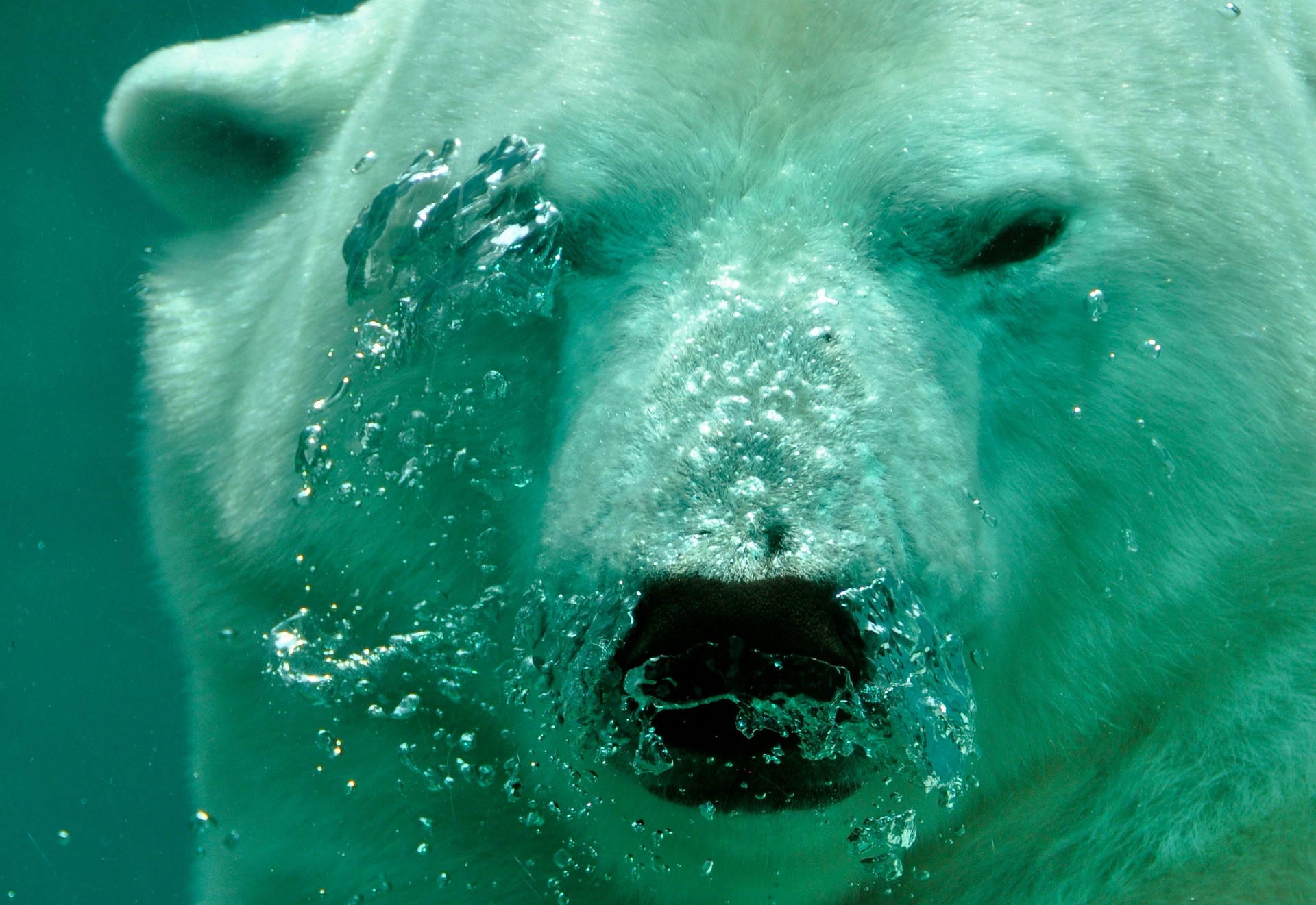
Polar bears are excellent swimmers and can stay underwater for several minutes while searching for food. They have been known to dive to depths of up to 10 meters (33 ft) in search of seals, their main prey.Their bodies are adapted for swimming, with large front legs that act like paddles and a thick layer of insulating fat to keep them warm in the frigid arctic waters.

Polar bears are some of the most fascinating creatures on our planet. They are known for their strength, agility, and resilience in one of the harshest environments in the world. However, despite their reputation as powerful predators, they are also capable of attacking humans. In this article, we will take a closer look at when polar bears attack and what can be done to prevent these incidents.

Polar bears are known for their strength. They are apex predators and are highly adapted to their Arctic environment. Their powerful bodies, large paws with sharp claws, and strong jaws allow them to hunt and feed on seals, their primary food source. Polar bears are capable of taking down adult walruses and musk oxen, which are much larger than themselves, demonstrating their incredible strength.